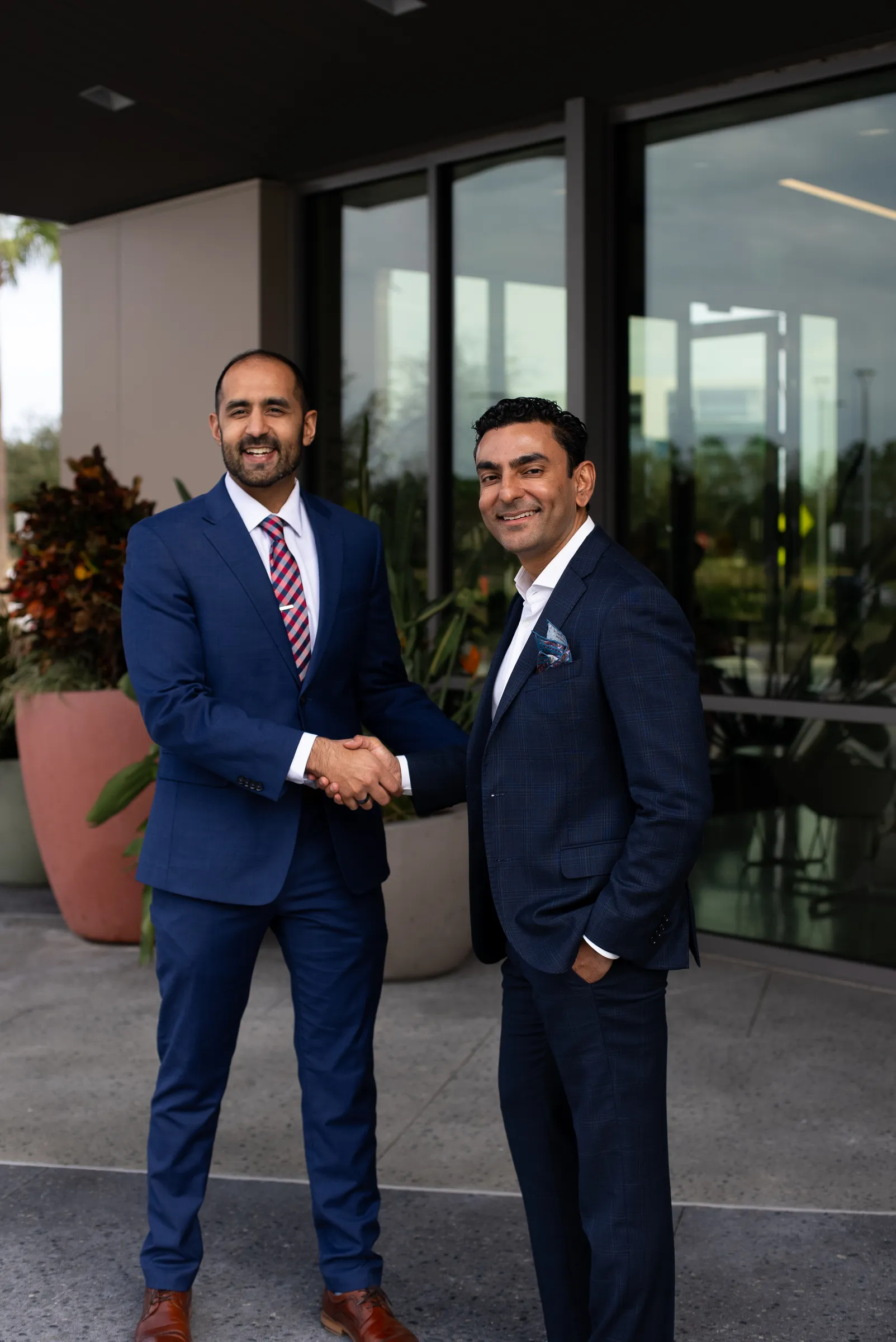- What is glaucoma?
- What is usually the first sign of glaucoma?
- What is the best treatment for glaucoma?
- Can I prevent vision loss from glaucoma?
Glaucoma is the second leading cause of blindness in the world. This serious illness damages the eye’s optic nerve, and, if left untreated, can result in a loss of vision or even full blindness. So, what is the best treatment for glaucoma and how will you know when it’s time to visit a specialist?
What is Glaucoma?
 Glaucoma is a category of eye diseases that damages the optic nerve that runs behind the eye. It’s a disease that can start so slowly you don’t even notice the symptoms. Over time, if left undiagnosed and untreated, you could lose all or part of your vision. Glaucoma is a leading cause of blindness in people over age 60.
Glaucoma is a category of eye diseases that damages the optic nerve that runs behind the eye. It’s a disease that can start so slowly you don’t even notice the symptoms. Over time, if left undiagnosed and untreated, you could lose all or part of your vision. Glaucoma is a leading cause of blindness in people over age 60.
While we don’t know exactly what causes glaucoma, we do know that pressure build-up in the eye can damage the optic nerve. Increasing eye pressure causes a fluid called aqueous humor to build up in the inside of the eye. While this fluid normally drains through the eye and out in an area between the cornea and iris called the trabecular meshwork, for some reason we don’t quite understand, this drainage system can stop working. When the fluid can’t drain out, the pressure in the eye increases.
Glaucoma is most prominent with adults in their 70s and 80s, however it can affect anyone. People with high blood pressure are at risk for the disease. It also tends to run in families. Some of the other risk factors for glaucoma include:
- Being very nearsighted or farsighted
- Being over age 60
- Being Black, Asian, or Hispanic
- Experiencing eye injury or undergoing certain eye surgeries
- Having complicating medical conditions like diabetes, or heart disease
- Having thin corneas
- Taking corticosteroids for a long period of time
There are several types of glaucoma but two primary types of the disease in the U.S.
Open-angle glaucoma affects nine of every 10 people in the U.S. who have the disease. Interestingly, it’s a bit of a generic category, so when experts don’t know what causes a type of glaucoma, it’s called primary glaucoma.
Normal-tension glaucoma affects about one of every three people with open-angle glaucoma. Normal-tension glaucoma is different in that the optic nerve can be damaged even when your eye pressure isn’t that high. The Glaucoma Research Foundation says, “Doctors do not know why some people’s optic nerves are damaged even though they have almost normal pressure levels.” Unlike open-angle glaucoma, people with low blood pressure can suffer from this illness.
Angle-closure glaucoma is a medical emergency and an acute form of the disease. If you have blurred vision, nausea, red eyes, and intense eye pain, go to the ER immediately. Angle-closure glaucoma stops the release of eye fluid causing intense pressure that can cause blindness quickly.
Congenital glaucoma affects one of every 10,000 babies born in the U.S.
Secondary glaucoma is glaucoma that is caused by another (primary) medical condition.
Neovascular glaucoma occurs when the eye makes extra blood vessels that block where fluid would normally drain from the eye.
Pigmentary glaucoma happens with the colored pigment from your iris flakes off and blocks fluid drainage. Exfoliation glaucoma is also caused by debris blocking drainage
Finally, uveitic glaucoma occurs in people with a chronic eye inflammation known as uveitis.
What is Usually the First Sign of Glaucoma?
Here’s an eye-opening statistic: About half of the people with glaucoma don’t even know they have it. Sometimes the first symptom is a gradual loss of side (peripheral) vision.
Other symptoms to watch for include:
- Blurry vision
- Halos around lights
- Dilated pupils
- Headaches
- Nausea or vomiting
- Reddened eyes
- Severe throbbing eye pain
As we mentioned, severe eye pain is a medical emergency. However, you can and should have your eyes checked each year to monitor the health of your optic nerve. If left untreated, glaucoma can cause blindness.
What is The Best Treatment for Glaucoma?
The best treatment for glaucoma depends upon the type of the disease you have. Typically, glaucoma treatment consists of lowering the pressure in your eyes and maintaining healthy pressures. You may be prescribed eye drops to take each day, oral medications, or even laser treatment surgery in some cases.
Eye drops work to improve how the eye drains fluids, thereby decreasing the pressure you’re experiencing. The prescription medications could include prostaglandins or alpha-adrenergic agonists to help drain the eye or beta blockers to reduce the production of the fluid itself.

- Carbonic anhydrase inhibitors to reduce fluid build up
- Rho kinase inhibitors to suppress the enzymes that cause the fluid build up
- Cholinergic or miotic agents actually increase the flow of eye fluid to keep things moving properly
If eye drops don’t bring pressures down, you may also receive an oral medication to speed things along.
Other therapies include laser treatment surgery, which is a type of non-invasive procedure done in your doctor’s office to open clogged drainage channels in the trabecular meshwork.
You could have a filtering surgery, called a trabeculectomy, to remove a part of that meshwork if it’s blocked. A tiny piece of the wall of the eye, which may include the trabecular meshwork, is removed by the surgeon. This opens a new drain for fluid to drain with relative ease through the new opening into a reservoir, creating a bypass for the trabecular meshwork to reduce eye pressure.
Can I Prevent Vision Loss from Glaucoma?
Preventing and managing glaucoma starts with the same thing: seeing your eye doctor regularly. Having a comprehensive eye examination is a critical component for checking eye pressures and spotting changes to the optic nerve that signal the onset of the disease.
During the exam, your doctor will measure your eye pressure with a tonometer. You’ll have drops to put in your eyes to numb and dilate the eyes for this painless test. Then the doctor can measure your pressures and take a look at the optic nerve. You’ll have a test to check the acuity of your peripheral vision. Your eye doctor will also check the drainage angle to be sure the fluid is moving properly through the eye. Your family history is a key part of this examination process.


